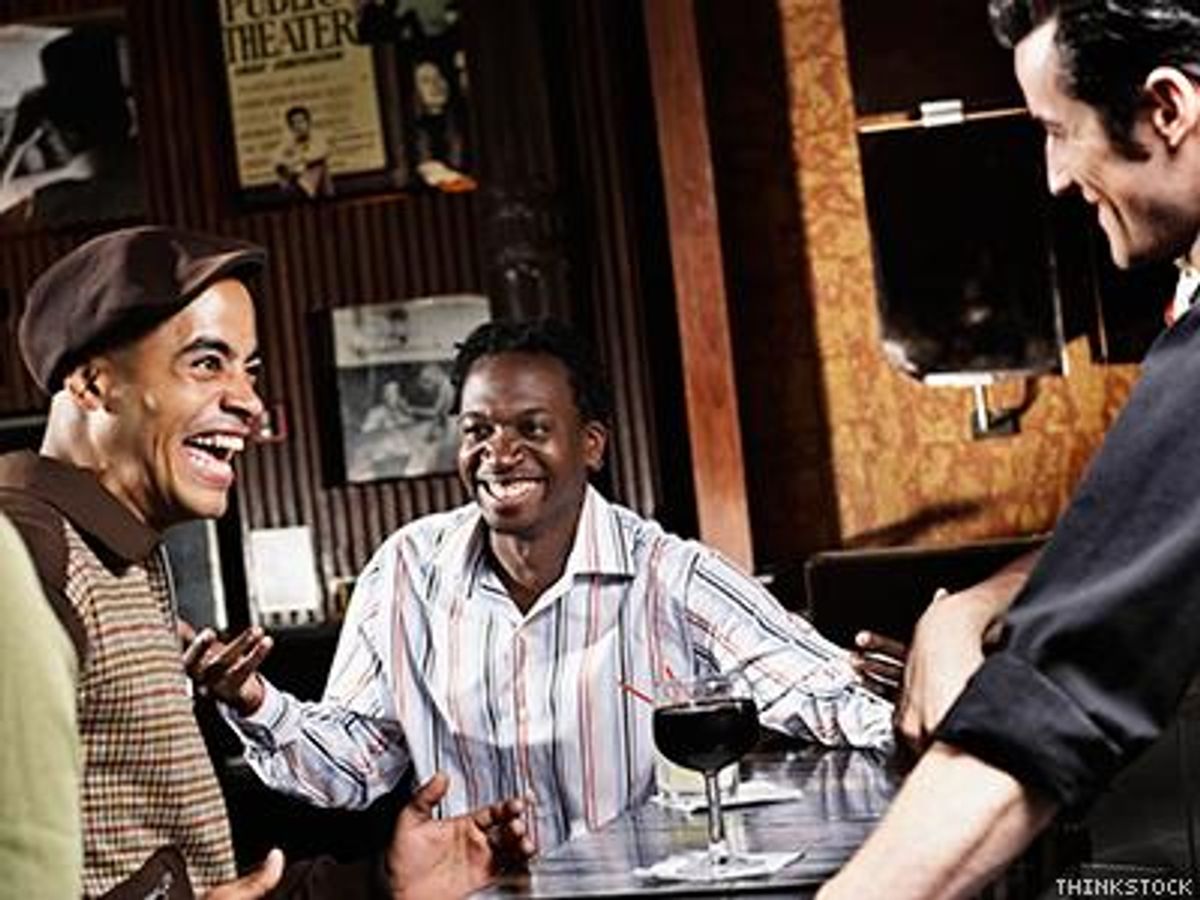Here in Massachusetts, we are seeing extraordinary success in fighting HIV. Last November, the U.S. Centers for Disease Control reported that just one-third of Americans living with HIV had the virus under control ― meaning it is nearly undetectable in their blood. Yet in Massachusetts it is the reverse: almost two thirds, or 64 percent, of residents with HIV have nearly undetectable levels of the virus.
Given that those who have achieved this level of viral suppression are unlikely to pass along HIV to others, it is not surprising that Massachusetts has seen a 41 percent decline in the rate of new HIV diagnoses since 2000.
The good news is that any state in the country can achieve what Massachusetts has achieved ― provided that there is the political will to do so. The first step is to give those living with HIV access to health insurance that will cover HIV care. In 2001, Massachusetts extended access to its Medicaid program to anyone living with a diagnosis of HIV. The second step is to fund a strong network of case management and community-based support services to help those living with HIV adhere to treatment regimens. After all, it’s next to impossible to take your medication as prescribed by your doctor if you are living in a homeless shelter and do not have a safe place to store your medicine.
Last, and most importantly for gay and bisexual men, the state’s long history of leadership on advancing LGBT equality has dramatically lessened the antigay stigma that research has shown makes gay men more vulnerable to HIV infection. In the 12 months after the 2003 Massachusetts high court ruling in favor of the freedom to marry, Fenway Health in Boston — a community health center that focuses on the LGBT community — saw a 13 percent drop in medical care visits by gay and bisexual men.
So what’s the bad news?
The bad news is that we can’t point to a clearly defined roadmap that will result in making transmission of HIV a rare event, much less getting new infection rates to zero, a goal touted in World AIDS Day slogans.
What we do have, though, is an intriguing theory about what might work: building community.
There is a growing body of research that tells us that community involvement and support promotes physical health, mental health, and longevity. Last month, a new study published in the journal AIDS and Behavior found that gay and bisexual men with strong social supports were less likely to engage in risky sexual behavior. But the findings were mixed, and researchers concluded that further studies evaluating the role of social support in HIV prevention were “urgently needed,” and prevention interventions promoting social support “should consider specific needs of different populations in different stages of their lives.”
Might community-building efforts targeted at middle-aged and older gay men ― who may become more vulnerable to HIV infection and substance use as they age due to loneliness and social isolation ― further slow the transmission of HIV?
Many older gay men came of age at time when finding a cohesive, supportive community of other gay men could easily be found at gay bars, in gay neighborhoods, “coming out” groups, and numerous other gay affinity groups. But the Internet, which has greatly facilitated dating and casual sex, and mainstream society’s growing acceptance of LGBT people — while a boon in so many ways to LGBT health — has meant that there are fewer gay-specific spaces where men can socialize with one another in person.
We also know that separate from HIV, older LGBT adults are less likely to access mainstream elder services out of fear they will experience discrimination from their heterosexual same-age peers or service providers. But new research shows that LGBT seniors benefit greatly from community-building activities such as congregate meals. The social supports these meals provide are so important to LGBT elders, that many will travel an hour or more to attend a congregate meal program with other LGBT elders.
Throughout our history, LGBT people have relied on community to survive our common experiences of prejudice, rejection, violence, and discrimination. In the early days of the AIDS epidemic we provided the social support and emotional comfort to one another that no one else would. As a community we researched and pushed for more effective treatments, advocated for fair and productive policy changes, and fought back against homophobia and stigma.
In Massachusetts and elsewhere, as we look for ways to make transmission of HIV a rare event and further improve the health of LGBT people, we might find the road to the future by looking to the past.
SEAN CAHILL, Ph.D., is Director of Health Policy Research at The Fenway Institute and Adjunct Assistant Professor of Public Administration at New York University’s Wagner School of Public Service. He is also co-author of the book LGBT Youth in America’s Schools.











































































